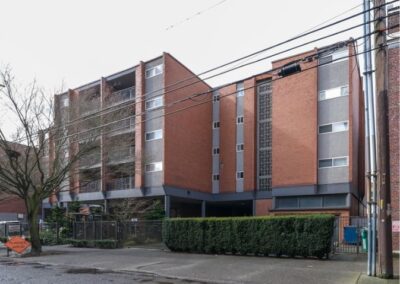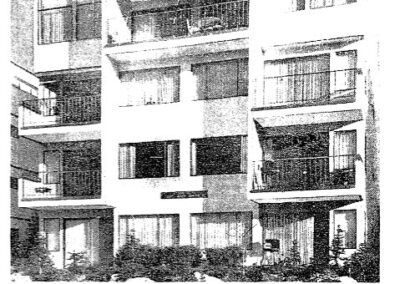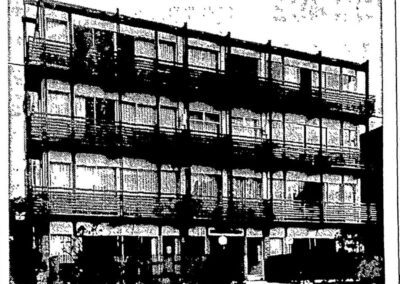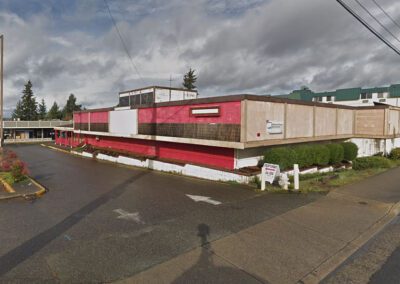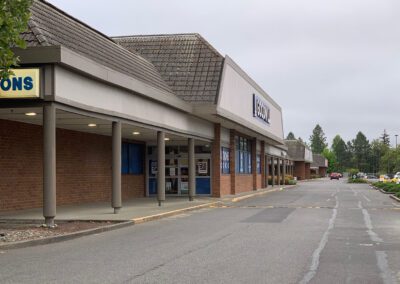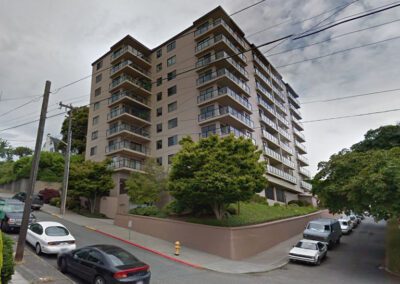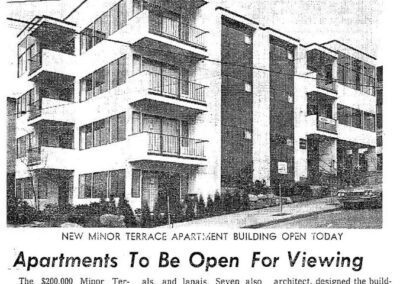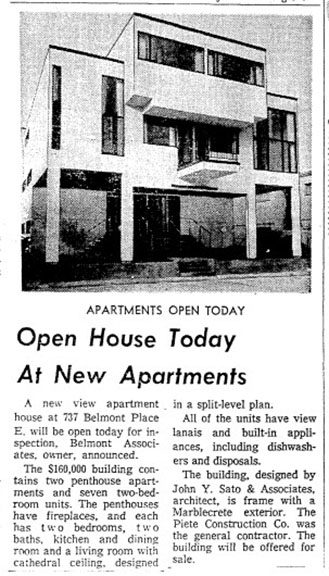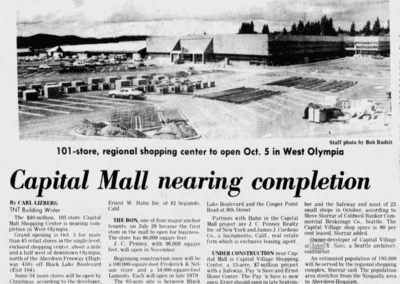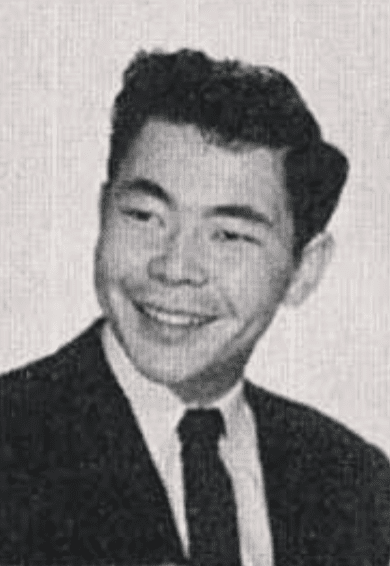
Sato, John Y.
(1933 – 2016)
Architect John Yoshiro Sato was born on March 6, 1933 in Chehalis, to Tomoishi and Hanako Sato, Japanese immigrants. His father was a strawberry farmer and John grew up on a farm outside of the small community of Adna in the Chehalis River Valley west of the community of Chehalis. John’s early life was one of struggle both economically and personally. During World War II, he and his family were relocated to a Japanese internment camp at Tule Lake, Idaho. There, at the age of ten, his mother died leaving his father and older siblings to care of the family.
After the war ended the family returned to Chehalis where John’s father was determined to keep the family together. Through hard work and the love and support of his family, John was able to emerge from adversity and became one of America’s true success stories.
Sato graduated from Adna High School in 1951, and while there he was active in his high school football, baseball, and basketball teams, as well as serving on the senior yearbook committee as an artist. After high school graduation he attended Centralia Junior College with the assistance of a football scholarship and graduated from there with an Associate of Arts degree in 1953.
Upon graduation Sato served in the US Army during the Korean War (1953 to 1955). When he returned stateside, he enrolled at the University of Washington on the GI Bill and graduated with a BA in Architecture in 1960. There he met his future wife Reiko. They married in 1962 and had three children. Before opening his own office in Seattle in 1963, Sato worked for Robert Newhall in Longview and several firms in Seattle where he learned the trade. While his new firm began as an architectural practice, it later evolved into a multifaceted real estate corporation which included development, construction and real estate management.
Sato’s early projects included numerous apartment buildings, many in Seattle’s Capitol Hill and Queen Anne neighborhoods. After designing an apartments complex for this friend in Sacramento, California (The Markston Apartments, 1962), he brought back with him to the Seattle area a new apartment form commonly referred to today as the “Dingbat.” This apartment form featured covered parking under the mass of a multi-story building and often presents a blank facade towards the primary street side. Notable dingbat designs include: the Belmont Place Apartments (1963); the 2309 Franklin Ave Apartments (1965); the Ramayana Apartments (1965); the 737 Belmont Place Apartments (1965); the Yale Ave Apartments (1966) and the Erawan Apartments (1967).
Other significant apartment projects include the 224 11th Ave E Apartments (1963); the Greenbrier Apartments (1964); the Mariner Apartments (1963); the Kahala Apartments (1964); the 730 Harvard Ave Apartments (1965); the Belmont Terrace Apartments (1966); the Minor Terrace Apartments (1967); the Valley Apartments (1967); the Bayview Heights Condominiums (1967); the Union Vista Apartments (1967); Tower Place Condominiums (1967); the 7 Highland Drive Apartments (1968); and the Continental House Condominium (1970).
To date his only known single-family residential design is a home at 3819 46th Ave S, Seattle (1966). In the early 1970s, Sato began his phase as a developer, looking beyond Seattle for business opportunities. Among his known projects was the Roberts Talent Agency in Bellevue (1970); the Capitol Plaza Building in Olympia (1973); the Capitol Village Shopping Center (1978) in Olympia, and the Capital Mall (1979, with John Graham & Co.). His success in Olympia led to the formation of a second development company called PAR 3 Associates of Olympia. His partners were Harry Johnson and William Carlson.
Outside of his architectural and development work, Sato was actively involved with numerous organizations including the Lions Club, the Nisei Veterans Committee, the Japanese American Citizens League, and the Seattle Master Builders. He was also a trustee for the Seattle Chamber of Commerce, a member of the King County Board of Equalization, and served on the University of Washington President’s Club. Over the course of his career Sato was known for his philanthropy and contributed to numerous organizations through his foundation, the John Y. and Reiko E. Sato Foundation.
Sato passed away peacefully at his home in Bellevue on December 6, 2016.
– Michael C. Houser
